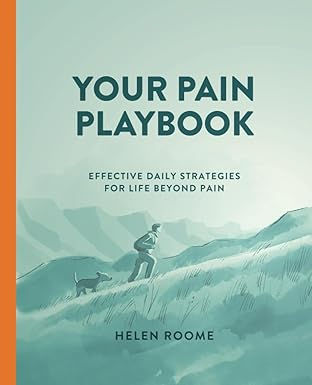Pain & Oestrogen
- Cindy Aberdein

- Mar 21
- 3 min read
The Oestrogen-Pain Connection: Navigating Menopause's Hidden Challenge
Beyond the familiar symptoms of hot flashes and mood swings, many women entering peri/menopause encounter another challenge: joint pain. This often-overlooked symptom is linked to declining oestrogen levels, which play a critical role in maintaining joint health and reducing inflammation.
As oestrogen diminishes, women may experience stiffness, soreness, or even swelling in their joints, sometimes mistaken as a natural part of aging. This, often-overlooked symptom can turn everyday activities into challenges, leaving many wondering, "Is this just part of getting older?" The answer, it turns out, is more complex and closely tied to our hormones than you might think.

The Oestrogen Shield
Oestrogen, often thought of as the "female hormone," plays a far more crucial role in our bodies than simply regulating reproductive functions. This powerful hormone acts as a natural anti-inflammatory agent, helping to keep joint pain at bay. As women approach menopause, oestrogen levels begin to fluctuate and eventually decline, potentially leaving joints more vulnerable to inflammation and discomfort.
Think of oestrogen as your body's built-in pain reliever. It not only helps reduce inflammation but also activates pain-inhibiting pathways in the spinal cord. This means that when estrogen levels are stable and sufficient, you're less likely to experience heightened pain sensations.

The Menopause Effect
Entering menopause can feel like being stuck in the "low oestrogen" part of your menstrual cycle – indefinitely.
This hormonal shift can amplify pain perception, making existing aches feel more intense or causing new discomfort to arise. It's not just your imagination; there's a biological basis for why you might be feeling more sensitive to pain during this life transition.
But it's not just about the pain itself. Menopause often brings along the usual suspects that can further exacerbate discomfort:
Fatigue: That bone-deep tiredness can make even minor aches feel more pronounced.
Poor sleep: Tossing and turning at night due to hot flashes or anxiety can lower your pain threshold.
Mood changes: Feeling irritable or down can amplify your perception of pain.
Beyond Joint Pain
The effects of oestrogen on our bodies go beyond just joint comfort. This hormone plays a crucial role in maintaining bone density, which is why postmenopausal women are at higher risk for osteoporosis. Additionally, oestrogen's mild immunosuppressive properties help keep our immune system in check, potentially reducing the risk of certain autoimmune conditions5.
Finding Relief
While we can't stop the march of time or completely halt the hormonal changes of menopause, there are ways to mitigate its effects on pain:
Stay active: Regular, moderate exercise can help maintain joint flexibility and reduce pain.
Prioritise sleep: Create a relaxing bedtime routine to improve sleep quality.
Manage stress: Try relaxation techniques like yoga or meditation to reduce tension.
Eat anti-inflammatory foods: Incorporate omega-3 rich foods and plenty of fruits and vegetables into your diet.
Talk to your doctor: Discuss available treatments that might be appropriate for your situation.
Remember, every woman's menopause journey is unique. What works for one may not work for another. Be patient with yourself as you navigate this new chapter, and don't hesitate to seek support from healthcare professionals who understand the complex interplay between hormones and pain.
By understanding the oestrogen-pain connection, you're better equipped to tackle this often-overlooked aspect of menopause. Here's to finding comfort and vitality in your post-reproductive years!







Comments